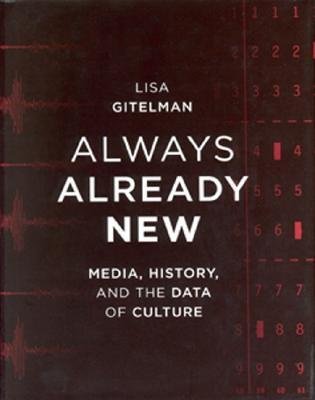What do you think?
Rate this book


Paperback
First published September 1, 2006
I define media as socially realized structures of communication, where structures include both technological forms and their associated protocols, and where communication is a cultural practice, a ritualized collocation of different people on the same mental map, sharing or engaged with popular ontologies of representation. As such, media are unique and complicated historical subjects.
I will argue that far from making history impossible, the interpretive space of the World Wide Web can prompt history in exciting new ways.